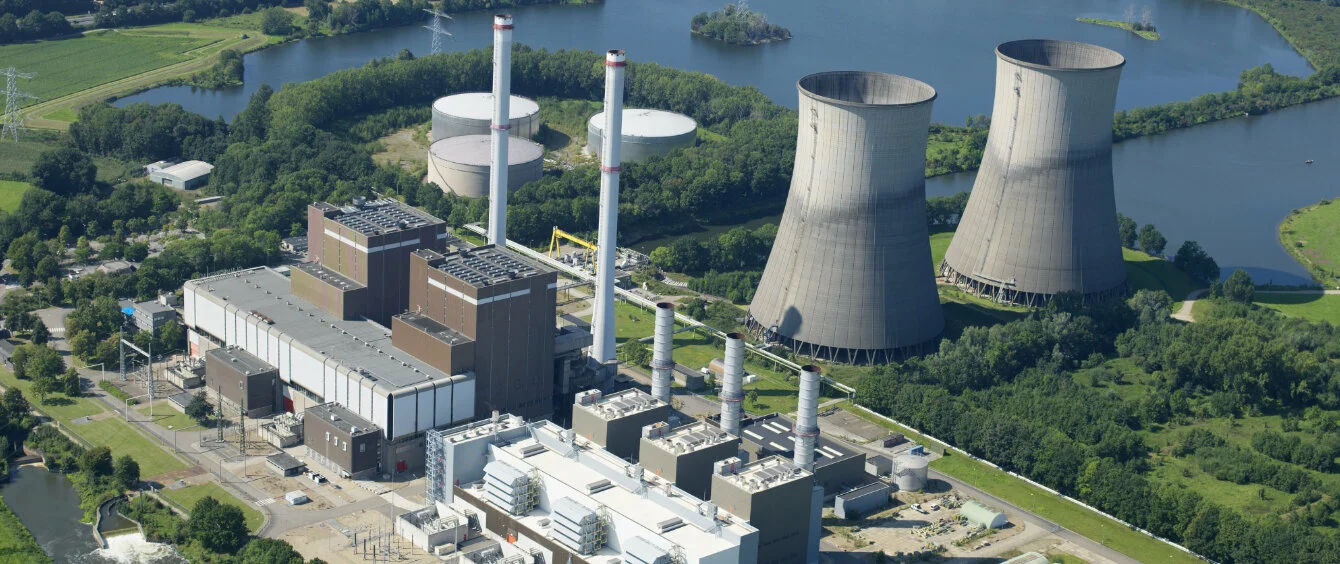Currently, 60% of the German energy supply comes from fossil, gaseous and liquid energy sources. Here, natural gas plays a key role in supplying heat to the building sector (42%) and industry (38%); furthermore, it is used to generate electricity (13%) and to provide district heat (7%). The share of electricity in final energy consumption is, however, expected to rise drastically. According to the German Energy Agency’s (dena) pilot study Towards Climate Neutrality, published this October, the share of electricity will rise from currently 21% to 45% in 2045.
At the same time, the carbon-neutral energy system will continue to depend on renewable molecules. If we take the energy transition at all seriously, we need to drastically accelerate the renewables expansion. In concrete terms, this means we need to double the installed capacity of wind and photovoltaics by 2030 alone, even quadrupling it by 2045, as the dena pilot study has shown.
In the course of this, gas will remain of key importance. Two fundamental components play an important role here. Firstly, we believe this combination of technologies will allow us to achieve our targets in a more robust manner: power fuels at a large scale are just as necessary as electrification and efficiency gains.
Secondly, natural gas can help reduce emissions during the transition period until sufficient quantities of carbon-neutral hydrogen are available. To accelerate the shift in technologies, the steel industry, for example, can switch from blast furnaces to direct reduction plants: simply replacing coal with natural gas leads to a reduction in greenhouse gas emissions.
The dena pilot study has shown that we will still need controllable power stations to compensate long periods in which consumption is high and the renewables supply is low. To ensure a secure supply, 15 gigawatts of gas turbine power stations equipped to run on hydrogen need to be installed by 2030; this demand will increase if coal-fired power generation is phased out ahead of schedule.
As soon as sufficient quantities of carbon-neutral hydrogen become available, these gas turbine power plants will be converted from natural gas to hydrogen.
The path to becoming carbon-neutral means tremendous changes and a need for transformation in all sectors. The gas sector especially will be responsible for transforming today’s primarily fossil-fuel business into a carbon-neutral one to ensure that gas can contribute to a climate-neutral tomorrow.


